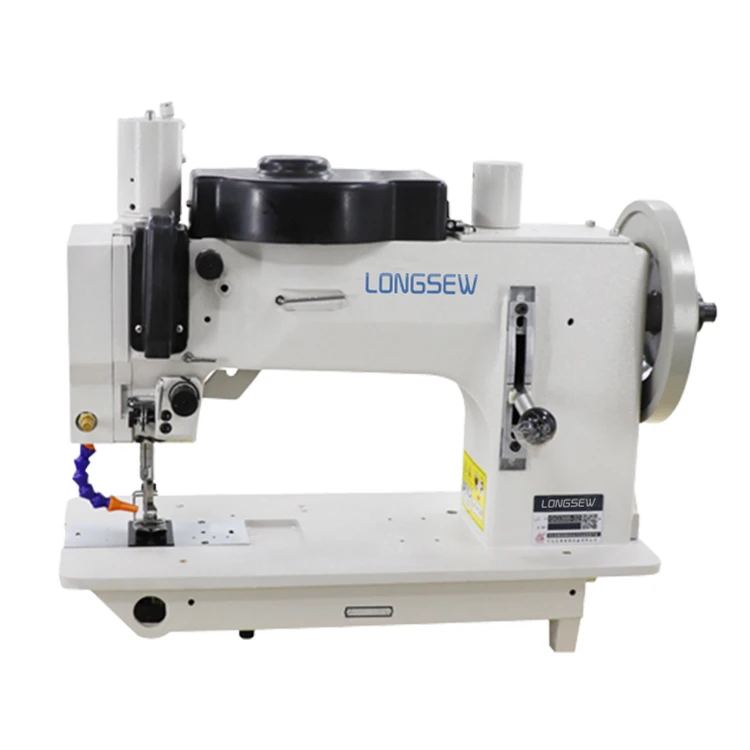stitching thick fabric
Stitching Thick Fabric Techniques and Tips for Seamstress Success
Sewing thick fabrics can be a rewarding yet challenging endeavor for both novice and experienced seamstresses. Whether you're working with denim, canvas, upholstery, or quilted materials, mastering the art of stitching thick fabric requires a few specialized techniques and tools to ensure your projects turn out beautifully. In this article, we’ll explore some essential tips and methods to help you successfully navigate the world of thick fabric sewing.
Understanding Your Materials
Before you start stitching, it's vital to understand the characteristics of the thick fabrics you're working with. Each material behaves differently under the needle. For instance, denim is durable but can be unforgiving if not handled correctly. Canvas, on the other hand, is sturdy and often used for bags and outdoor gear, while upholstery fabric requires careful handling to maintain its structure and appearance.
Choosing the Right Tools
1. Needles The first step in stitching thick fabrics is selecting the appropriate needle. A heavy-duty needle, such as a size 90/14 or a 100/16, is recommended for thicker materials. These needles have a larger eye and a stronger shaft to prevent bending or breaking.
2. Thread Opt for strong, high-quality thread suitable for the weight of your fabric. Polyester or nylon threads are often more durable than cotton and can withstand the stress of thicker materials.
3. Sewing Machine A sewing machine capable of handling heavy fabrics, preferably one with adjustable presser foot pressure, will make your sewing much smoother. If you have a walking foot attachment, this can help manage multiple layers of thick fabric as it feeds through the machine evenly.
4. Cutting Tools Invest in sharp fabric scissors or a rotary cutter to ensure clean edges, which will help prevent fraying during the stitching process.
Preparation and Planning
stitching thick fabric

Before you begin the actual sewing process, preparation is key. Pre-wash your fabric to prevent any shrinkage after your project is complete. It’s also beneficial to press your fabric before cutting to ensure it lies flat, which can lead to more accurate measurements and cleaner stitches.
Make sure to use a cutting mat and a sharp rotary cutter if you're working with multiple layers of fabric to avoid any unfortunate slips that could ruin your pieces.
Techniques for Success
1. Pinning and Basting Thick fabrics can be slippery, making it important to secure your pieces together adequately before sewing. Use plenty of pins to hold the layers in place, or consider basting them together with long, loose stitches for additional security. This will prevent shifting while you sew.
2. Sewing Speed When stitching thick fabric, take your time. Reducing the sewing speed not only allows for better control but also helps you manage any challenging corners or curves without causing damage to your fabric or breaking the needle.
3. Seam Allowance Pay attention to your seam allowances. Thick fabrics can be bulky, and narrowing your seam allowances may help in achieving a neater finish. Consider using a wider seam allowance if you’re working with particularly thick fabric or multiple layers.
4. Finishing Edges To prevent fraying, finishing the edges of your seams is essential. You can use a serger, zigzag stitch, or bias tape to enclose the raw edges effectively.
Conclusion
Sewing thick fabric might seem daunting at first, but with the right tools, techniques, and preparation, you can create stunning, durable projects. Embrace the unique qualities of thick materials, experiment with different patterns, and allow yourself the freedom to learn and improve with each new creation. Remember, even the most experienced seamstress started as a beginner, and every stitch is a step towards mastering the craft. Happy sewing!
-
Heavy Duty Leather Sewing Machine: A Must-Have for Professional LeatherworkNewsMay.28,2025
-
Leather Sewing Machine: Essential for High-Quality LeathercraftNewsMay.28,2025
-
Extra Heavy Duty Sewing Machine for Premium Leather ApplicationsNewsMay.28,2025
-
Walking Foot Cylinder Arm Sewing Machine: Precision and Power CombinedNewsMay.28,2025
-
Industrial Cylinder Arm Sewing Machine: Engineered for High-Performance StitchingNewsMay.28,2025
-
Cylinder Bed Sewing Machine: A Powerful Solution for Precision StitchingNewsMay.28,2025
-
Zigzag Sewing MachineNewsMay.12,2025





























